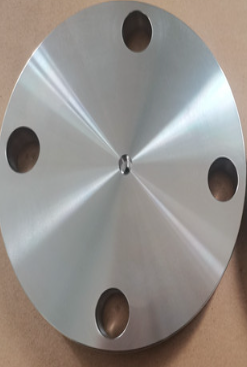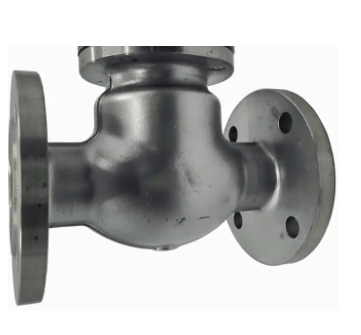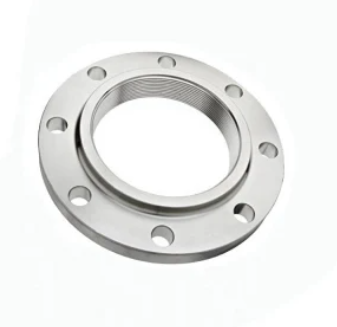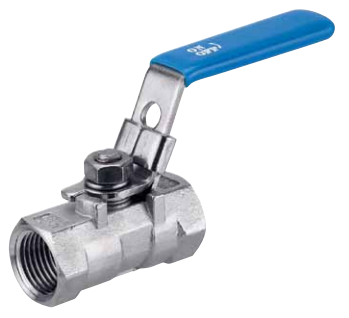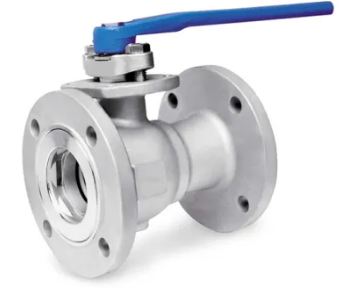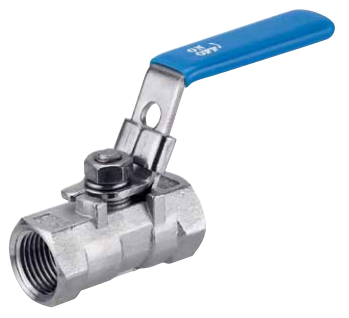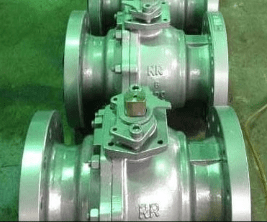Lap Joint Flange
Shipping
Description
Lap Joint Flange Supplier in Qatar: Flexible and Easy Alignment for Piping Systems
Middleeast Valve is famous for Lap Joint Flange Supplier in Qatar, delivering superior quality flanges that meet international standards and serve various industrial needs.
What is lap joint?
A lap joint flange can hold little pressure but more than a slip on flange. It is very similar to a slip on flange except it is flat across the face and has a radius machined at the bore. Lap joint flange is therefore used in low pressure and non-critical applications.
Components:
The lap joint flange consists of two primary part: the stub end and which is welded to the pipe and the loose backing flange that fits over the stub end. The gasket is placed between the flange to ensure leak proof connection and bolt are used to hold components together.
Working Mechanism:
The stub end is welded to the pipe, while the lap joint flange slides over it. The flange does not touch the fluid directly, making it ideal for systems requiring corrosion-resistant materials only at wetted parts. The loose flange allows easy rotation and alignment with bolt holes, simplifying installation.


